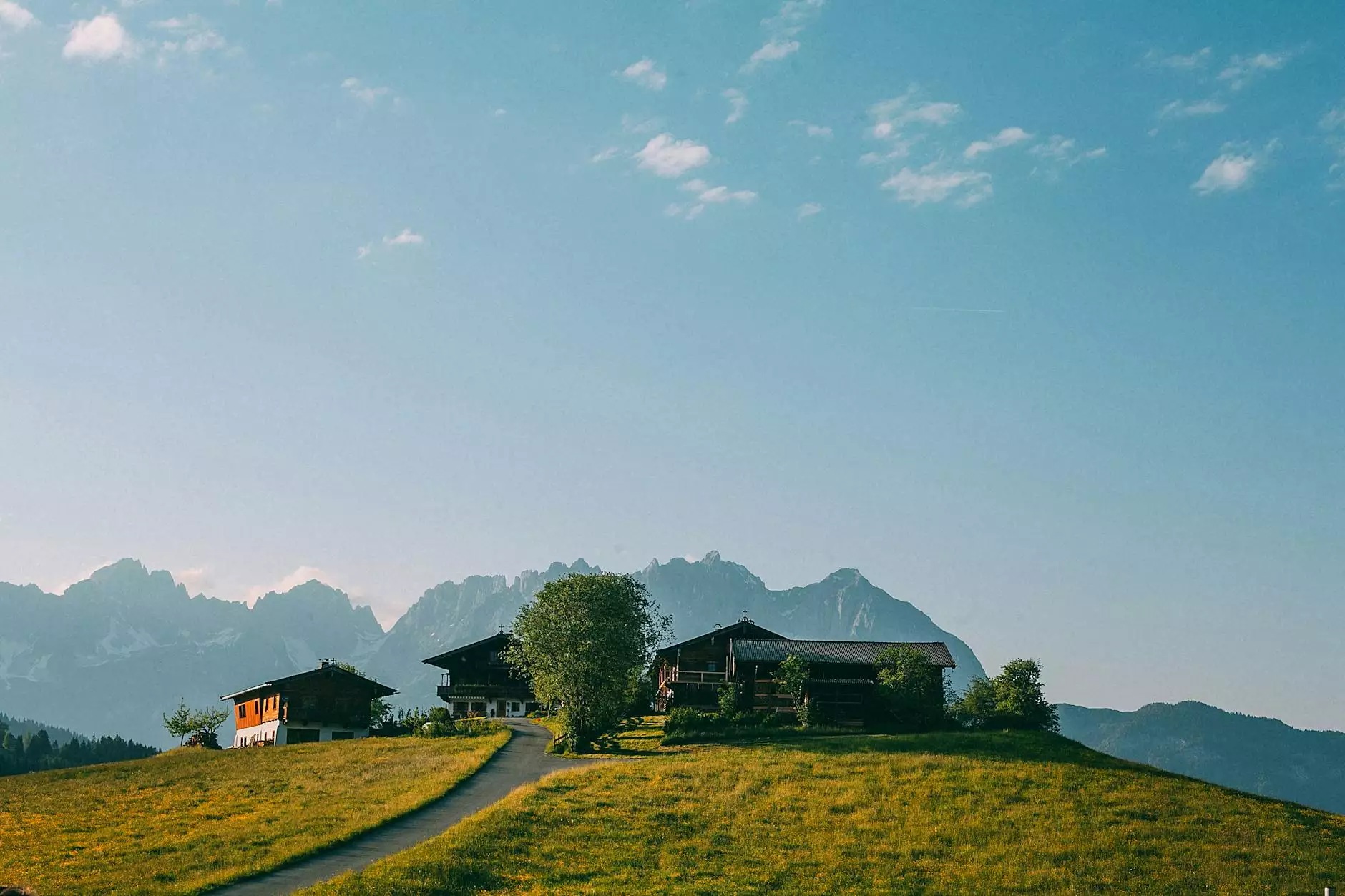Keeping coyotes and all wildlife wild in the GGNRA
Articles
The Presidio: A Haven for Coyotes in the San Francisco Bay Area
The Presidio, located in the heart of the San Francisco Bay Area, is not only a historic and picturesque site but also home to a diverse range of wildlife. Among the many fascinating creatures that inhabit this region, the coyote stands out. This article aims to shed light on the presence of coyotes in the Presidio, their behavior, their ecological significance, and how we can coexist with them.
Understanding Coyotes
Coyotes, scientifically known as Canis latrans, are highly adaptable creatures found throughout North America. They have successfully made the urban landscape their home, including the Presidio and its surrounding areas. These remarkable animals, often misunderstood, play a crucial role in the ecosystem.
The Coyote's Role and Impact
Coyotes are opportunistic predators, known for their ability to adapt to various habitats and food sources. In the wild, they primarily feed on small mammals, such as rabbits and rodents, helping to control their populations. Their presence helps maintain a balanced ecosystem, preventing the dominance of any one species.
Additionally, coyotes scavenge on carrion, which aids in the natural decomposition process and contributes to overall ecosystem health. By keeping the environment clean, they reduce the risk of disease transmission.
In urban areas like the Presidio, coyotes often rely on easily accessible food sources, such as garbage or pet food left outdoors. It is crucial to understanding that feeding coyotes intentionally or unintentionally can lead to dependence, loss of natural foraging skills, and potential conflicts.
Coyote Facts and Behavior
1. Appearance and Physical Characteristics
Coyotes are medium-sized canids, roughly the size of a small to medium-sized dog. They have a distinctive grayish-brown fur coat, often portraying a mix of colors including black, white, and reddish tones. Their bushy tails, usually carried low when walking or running, play an essential role in communication.
2. Vocalizations
Coyotes are famous for their vocalizations, which include howls, yips, barks, and growls. These vocalizations serve several purposes, such as territorial communication, attracting mates, and maintaining group cohesion. Their haunting howls often echo through the Presidio, contributing to its wild ambiance.
3. Family Structure and Social Behavior
Coyotes typically form monogamous pairs that mate for life. They establish territories, which they mark with their scent, ensuring that other coyotes recognize their boundaries. Coyotes are highly adaptable and can live in close proximity to human settlements while maintaining a well-defined social structure.
4. Nocturnal Predators
Coyotes are primarily nocturnal, meaning they are most active during the night. However, in urban environments, they may also be seen during the day. They are skilled hunters and employ various techniques, including stalking and cooperative hunting, to catch their prey.
5. Adaptability to Urban Environments
As mentioned earlier, coyotes have adapted remarkably well to urban environments. However, it is essential to remember that they are wild animals, and their behavior can be unpredictable. Encounters with humans and domestic pets should be approached with caution and respect, with the goal of coexistence.
Coexisting with Coyotes
1. Education and Awareness
One of the first steps in coexisting with coyotes is increasing public awareness and understanding of their behavior and ecological significance. By learning more about these amazing creatures, we can develop a sense of respect and appreciation for them.
2. Keeping a Clean and Safe Environment
Deterring coyotes from approaching human settlements and reducing human-wildlife conflicts can be achieved by removing attractants, such as open food sources or unsecured garbage. Ensuring that pets are supervised during outdoor activities also minimizes potential conflicts.
3. Hazing and Deterrence Techniques
If a coyote gets too close or demonstrates bold behavior, hazing techniques can be used to reinforce their natural fear of humans. This includes making loud noises, tossing small objects in their direction, or using water hoses to deter them from approaching further.
4. Support Local Wildlife Conservation Efforts
Preserving natural habitats and supporting local wildlife conservation organizations, such as the Golden Gate National Recreation Area (GGNRA), ensures the long-term protection of wildlife, including coyotes. Donations, volunteer work, or spreading the word about their initiatives can make a significant impact.
Conclusion
As responsible stewards of the environment and wildlife, it is our duty to coexist with the diverse range of creatures that call the Presidio and the San Francisco Bay Area home. By understanding and respecting the presence of coyotes and other wildlife, we can ensure the preservation of these remarkable species for generations to come.



